Jackfruit (Artocarpus heterophyllus), a tropical giant native to South and Southeast Asia, has captivated global audiences with its unique flavor, impressive size, and versatile culinary applications. Often dubbed the “king of fruits,” this colossal tree-borne marvel can weigh up to 80 pounds (36 kilograms) and boasts a spiky, green exterior that belies its sweet, aromatic flesh. However, harvesting jackfruit is only half the battle—understanding its post-harvest ripening process is critical for consumers, farmers, and food enthusiasts alike. This article delves into the science and practicalities of jackfruit ripening, exploring the factors that influence its maturation timeline, methods to accelerate or decelerate the process, and tips for identifying peak ripeness.
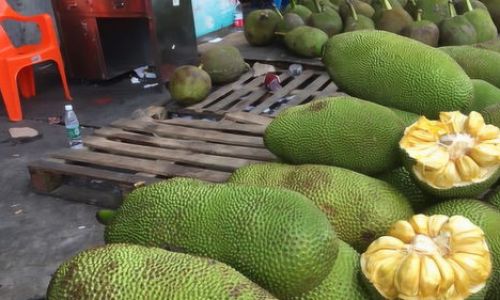
The Biology of Jackfruit Ripening
Jackfruit, like many climacteric fruits, continues to ripen after being detached from the tree. This physiological process is driven by ethylene—a natural plant hormone that regulates growth, development, and senescence. Upon harvest, jackfruit undergoes a series of biochemical changes: starch converts to sugar, firmness diminishes as cell walls break down, and chlorophyll degrades, revealing the fruit’s characteristic yellow or orange hues. The ripening duration varies widely, typically ranging from 3 to 15 days post-harvest, depending on several environmental and genetic factors.
Factors Influencing Ripening Time
-
Climate and Harvest Maturity
Jackfruit harvested at optimal maturity—when the skin transitions from bright green to a slightly duller shade and the fruit emits a mild, sweet fragrance—ripens faster. Fruits picked too early may take weeks to soften, while overly mature specimens risk spoilage. Geography also plays a role: tropical regions with high humidity and temperatures between 75–85°F (24–29°C) expedite ripening, whereas cooler climates slow the process. -
Storage Conditions
Storage temperature and ventilation are pivotal. Jackfruit stored at 68–77°F (20–25°C) with moderate humidity (70–80%) ripens uniformly. Exposure to direct sunlight or temperatures above 86°F (30°C) can cause uneven ripening or sunburn. Conversely, refrigeration below 50°F (10°C) halts ripening but may induce chilling injuries, such as skin discoloration or texture deterioration. -
Ethylene Exposure
Commercial growers often use ethylene gas to synchronize ripening for market readiness. Placing jackfruit in a paper bag with an apple or banana—fruits that emit ethylene—can accelerate the process by 1–3 days. However, excessive ethylene concentrations may lead to overripening, characterized by a fermented odor and mushy flesh.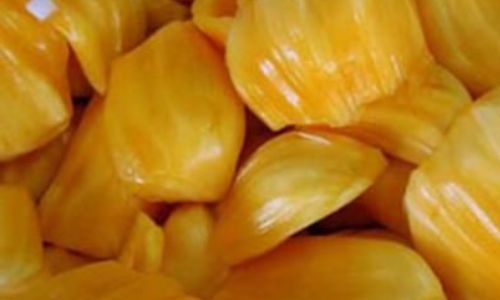
-
Fruit Size and Variety
Larger jackfruit varieties, such as the “Black Gold” or “Koozha,” may take longer to ripen due to their dense flesh and thicker rinds. Heirloom cultivars with thicker latex layers (the sticky sap secreted by the fruit) might also require additional days to soften fully.
Signs of a Ripe Jackfruit
Determining ripeness requires a multisensory approach:
- Visual Cues: The skin transforms from vibrant green to yellowish-brown, with small cracks appearing near the stem. The conical spikes on the rind soften and become less pronounced.
- Aroma: A sweet, fruity scent emanates from the stem end, reminiscent of pineapple, banana, and mango.
- Texture: Gently pressing the rind yields slightly under finger pressure, akin to a ripe mango. Overripe fruit feels overly soft and may indent deeply.
- Sound: Tapping the fruit produces a hollow thud rather than a dull thump.
Accelerating and Decelerating Ripening
For those eager to enjoy jackfruit sooner, several techniques can expedite the process:
- Ethylene Enhancement: As mentioned, pairing jackfruit with ethylene-producing fruits in a well-ventilated space (e.g., a cardboard box) shortens ripening time.
- Warm Environment: Storing jackfruit in a warm, dark room (75–80°F) encourages faster maturation.
- Latex Removal: Wiping the fruit with a cloth soaked in vegetable oil or coconut milk reduces latex buildup, which can impede ripening.
Conversely, to delay ripening:

- Refrigeration: Storing whole jackfruit at 50–55°F (10–13°C) slows ethylene production. However, this method is only suitable for short-term preservation (up to 5 days).
- Isolation: Separating the fruit from ethylene sources in a cool, well-ventilated area extends shelf life.
Common Mistakes to Avoid
- Premature Harvesting: Picking jackfruit too early risks a grainy texture and insipid flavor. Always check for subtle color changes and aroma before cutting.
- Overhandling: Rough handling during transport can bruise the flesh, leading to uneven ripening and spoilage.
- Ignoring Latex: The sticky sap can irritate skin and hinder ripening. Apply oil to hands and tools before cutting.
- Refrigerating Unripe Fruit: Chilling unripe jackfruit halts ripening permanently, resulting in a bland, rubbery texture.
Culinary Applications of Ripe vs. Unripe Jackfruit
Ripe jackfruit is a culinary chameleon. Its flesh, when fully mature, boasts a tropical sweetness with notes of mango, pineapple, and banana. It shines in desserts like ice creams, jams, and custards, or as a standalone snack. However, the fruit’s versatility extends beyond sweet preparations:
- Unripe Jackfruit as a Meat Substitute: When harvested young, the flesh is fibrous and neutral-tasting, making it an ideal vegan alternative to pulled pork or chicken. It absorbs spices and sauces exceptionally well, as seen in dishes like jackfruit tacos or curries.
- Savory Dishes: Ripe jackfruit can also be incorporated into salads, salsas, or even pizzas for a sweet-savory twist.
Storage and Preservation
- Whole Fruit: Store uncut jackfruit at room temperature until ripe. Once mature, consume within 3–5 days or refrigerate for up to a week.
- Cut Fruit: Wrap sections tightly in plastic wrap or airtight containers to prevent moisture loss and odor absorption (jackfruit has a strong aroma that can permeate other foods).
- Freezing: Puree ripe flesh and freeze in ice cube trays for up to six months. Thawed puree works well in smoothies, sauces, or baked goods.
Health Benefits of Jackfruit
Beyond its culinary appeal, jackfruit is a nutritional powerhouse:
- Rich in Vitamins and Minerals: A single cup provides 18% of the DV for vitamin C, 15% for vitamin B6, and 11% for potassium.
- High in Fiber: With 2.5 grams per cup, it supports digestion and satiety.
- Antioxidant Properties: Flavonoids like quercetin and kaempferol combat oxidative stress.
Cultural and Economic Significance
Jackfruit holds deep cultural roots in regions like India, Bangladesh, and Thailand, where it is revered as a symbol of prosperity and sustainability. Its resilience to drought and pests, coupled with its ability to feed large groups, has earned it the nickname “the poor man’s food.” In recent years, jackfruit’s rise as a plant-based meat alternative has catapulted it into global markets, with demand skyrocketing in the U.S., Europe, and Australia.
Conclusion
The journey from tree to table for jackfruit is a delicate dance of biology and environment. While the fruit typically requires 3–15 days to ripen post-harvest, patience and attention to its cues are rewarded with a tropical treasure. By understanding the interplay of climate, storage, and maturity, enthusiasts can optimize ripening timelines and unlock jackfruit’s full culinary potential. Whether savored sweet or savory, this giant of the tropics remains a testament to nature’s ability to nourish, delight, and sustain.
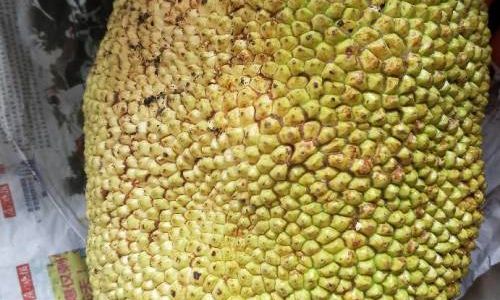
Word Count: 1,024
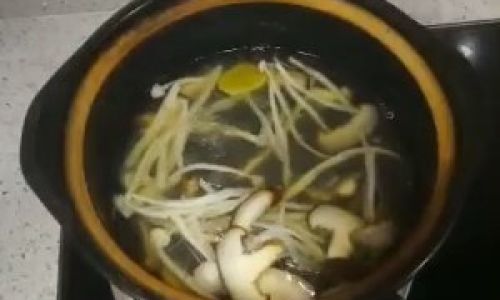
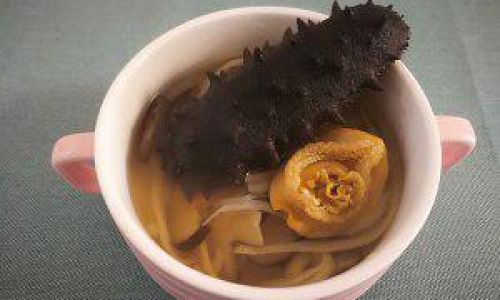
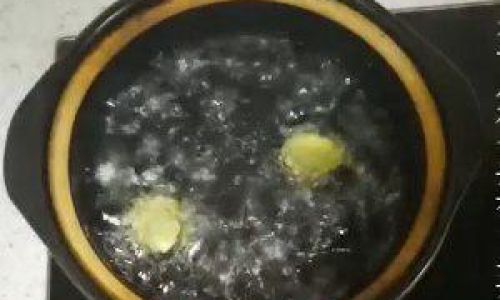
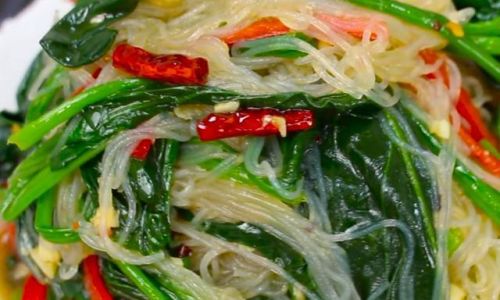
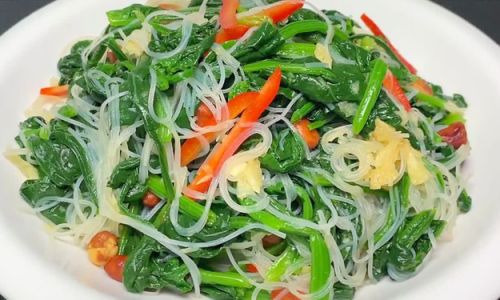
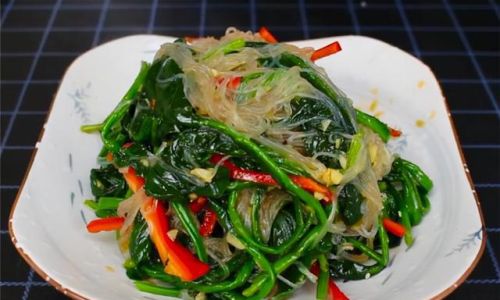
0 comments